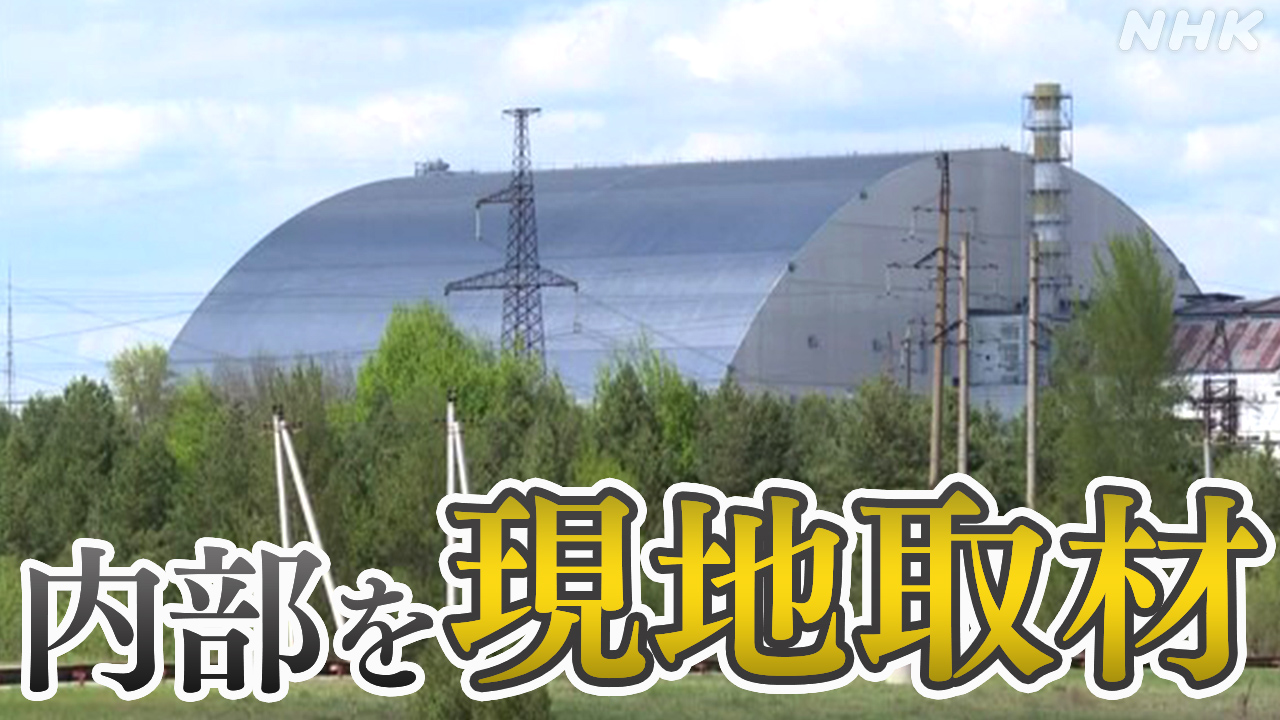Chernobyl's Damaged Shelter: A Critical Report on the Aging Sarcophagus and New Confinement Structure
The Chernobyl disaster, a catastrophic nuclear accident that occurred on April 26, 1986, continues to cast a long shadow. While the immediate aftermath saw heroic efforts to contain the fallout, the long-term challenges of managing the damaged reactor remain a significant concern. This report delves into the state of Chernobyl's shelter, examining the aging sarcophagus and the newly constructed New Safe Confinement (NSC), highlighting the ongoing complexities and future considerations.
The Aging Sarcophagus: A Legacy of Risk
The initial response to the disaster involved hastily constructing a concrete and steel structure – the sarcophagus – to entomb the damaged reactor. This makeshift structure, built under immense pressure and with limited technology, was never intended as a long-term solution. Over the decades, it has deteriorated significantly, posing a substantial risk of further radioactive material release.
Challenges Posed by the Aging Sarcophagus:
- Structural Instability: The sarcophagus suffers from significant structural weaknesses, making it vulnerable to collapse. Seismic activity and the relentless effects of weather further exacerbate this instability.
- Radioactive Leakage: Despite its purpose, the sarcophagus has never been completely airtight. Radioactive dust and particles have continued to leak from the structure, contaminating the surrounding environment.
- Limited Accessibility: The sarcophagus's design hindered access for proper inspection and maintenance, making it difficult to fully assess the extent of its deterioration.
The New Safe Confinement (NSC): A Modern Solution?
Recognizing the urgent need for a more robust solution, an ambitious project was undertaken to construct the New Safe Confinement (NSC). This massive arch-shaped structure, completed in 2016, encloses the original sarcophagus, offering significantly enhanced protection.
Advantages of the NSC:
- Improved Containment: The NSC provides a far more secure barrier against radioactive leakage, significantly reducing the risk of environmental contamination.
- Enhanced Accessibility: The NSC offers improved access for inspection, maintenance, and the eventual dismantling of the original sarcophagus.
- Long-term Stability: Designed with modern engineering principles, the NSC is expected to last for at least 100 years, providing long-term protection.
Ongoing Challenges and Future Considerations
Despite the construction of the NSC, challenges remain. The process of decommissioning the Chernobyl Nuclear Power Plant is a long and complex undertaking requiring ongoing monitoring, maintenance, and further investment.
Key Challenges Ahead:
- Decommissioning the Reactor: The ultimate goal is to safely dismantle the reactor and manage the radioactive waste. This is a highly complex and costly endeavor requiring specialized expertise and advanced technology.
- Waste Management: Safe and secure storage of the highly radioactive waste produced by the Chernobyl disaster is a critical concern. Finding appropriate long-term solutions is essential.
- Environmental Monitoring: Continuous monitoring of the environment surrounding the Chernobyl Exclusion Zone is crucial to ensure the safety of the surrounding population and ecosystems.
Conclusion: A Long-Term Commitment
The story of Chernobyl's damaged shelter is a testament to the lasting consequences of nuclear accidents and the ongoing need for international collaboration in managing such risks. While the construction of the NSC represents a significant step forward, the long-term challenge of decommissioning the reactor and managing the radioactive waste requires sustained commitment and investment from the international community. The legacy of Chernobyl serves as a stark reminder of the importance of nuclear safety and the need for robust planning and preparedness to mitigate the risks associated with nuclear energy.
Keywords: Chernobyl, Chernobyl disaster, sarcophagus, New Safe Confinement (NSC), nuclear accident, radioactive waste, decommissioning, environmental contamination, nuclear safety, Chernobyl Exclusion Zone, Ukraine.
(Note: This article is for informational purposes only. For the most up-to-date information on Chernobyl, please refer to official sources like the Chernobyl Exclusion Zone's website and reputable news outlets.)
